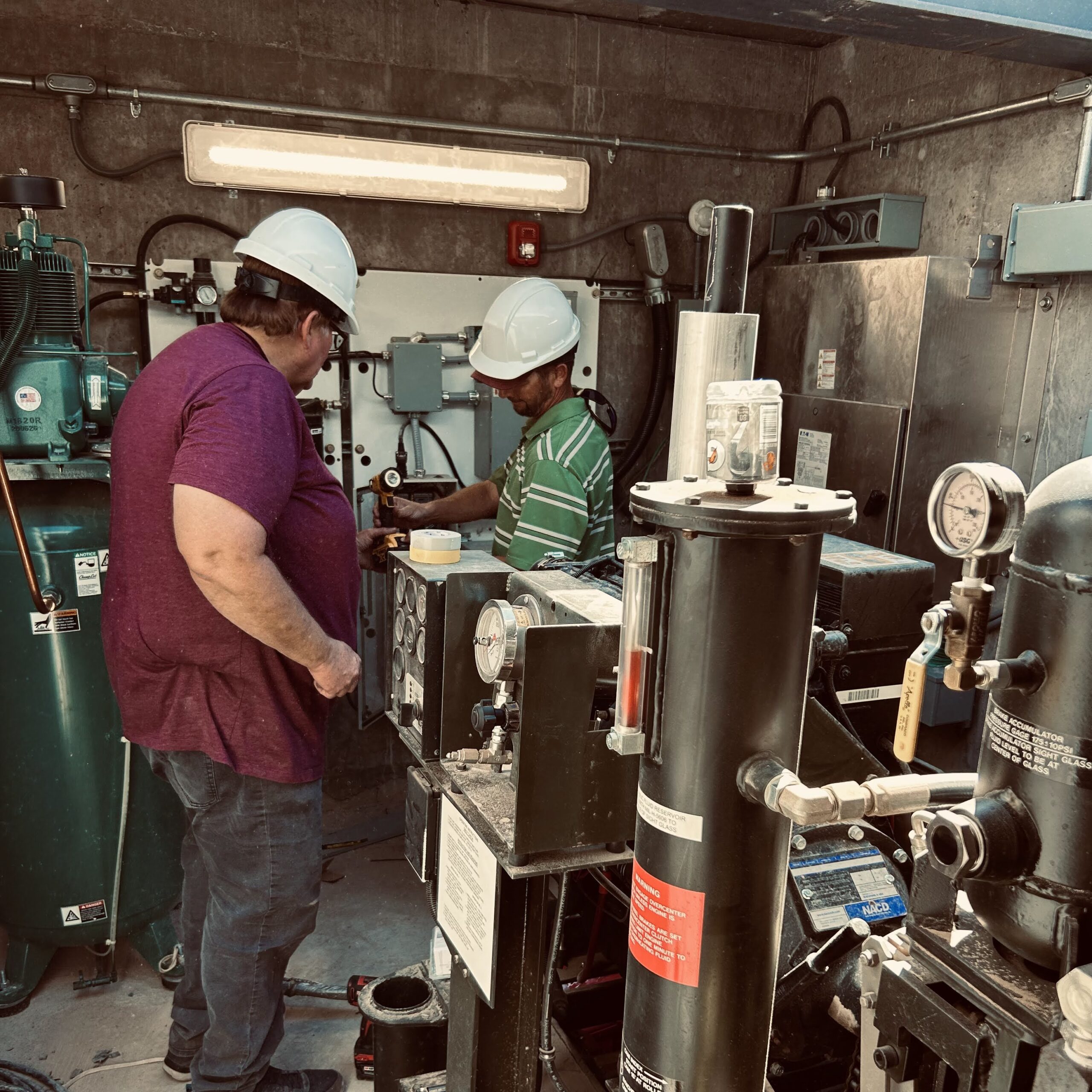Integrating Fire Alarm Control Panels with SCADA for Enhanced Safety
Integrating fire alarm control panels with SCADA systems offers a powerful strategy to boost overall

Aircraft arresting systems have long been essential for managing emergency landings and aborted takeoffs, serving both military and civilian aviation. These mechanisms are designed to bring aircraft to a safe, controlled stop, minimizing risks to passengers, crew, and infrastructure. Traditionally, arresting systems rely on cables, energy absorbers, and hooks that work in tandem to dissipate the aircraft’s kinetic energy. Military Aircraft Arresting Systems (MAAS) often use high-strength cables spread across a runway or flight deck; when an aircraft’s tail hook catches the cable, the connected energy absorbers help slow the jet. In the civilian realm, Engineered Materials Arresting Systems (EMAS) rely on crushable materials at the end of a runway to decelerate an overrunning aircraft.
Motorola Solutions, well-known for its expertise in communication technologies and electronics, has now stepped into the aircraft arresting arena. With new solutions for both MAAS and EMAS, the company is aiming to elevate the effectiveness and reliability of these critical systems. One of its key innovations involves a more robust cable design made from high-performance synthetic fibers, which grants them superior tensile strength and resistance to wear compared to standard cables. These cables also feature a protective polymer coating that shields them from ultraviolet radiation, saltwater, and extreme temperatures.
Perhaps the most remarkable advancement lies in Motorola’s development of “smart” energy absorbers. These devices use sophisticated sensors and artificial intelligence to adapt, in real time, to the weight, speed, and angle of approach of the incoming aircraft. This adaptability ensures optimal energy dissipation and reduces the potential for aircraft damage by precisely adjusting the way an arresting system absorbs and manages kinetic energy.
Motorola has also leveraged its background in communication technology to improve overall coordination during emergency scenarios. Its integrated communication systems enable ground crews and air traffic control to track the arresting system’s status in real time, ensuring that if an aircraft does need to land abruptly, the proper measures are already in place. This level of situational awareness not only boosts safety but also streamlines decision-making when seconds matter.
Another benefit of Motorola’s approach is its focus on modularity. By designing its arresting systems to be upgradable, Motorola ensures that these systems can evolve alongside advances in aviation technology. Airports and military installations will be able to integrate new components without having to replace the entire system, saving both time and resources in the long run.
As the aviation industry continues to expand and new challenges arise, improved arresting systems become even more critical to flight safety. Motorola Solutions’ foray into aircraft arresting underscores how cutting-edge materials, AI-driven adaptivity, and enhanced communication can come together to create safer, more efficient aviation operations. Airports, carriers, and military bases stand to benefit not just from reduced damage or downtime in emergency situations, but also from the broader peace of mind that comes with next-generation support for critical landings and takeoffs.
Integrating fire alarm control panels with SCADA systems offers a powerful strategy to boost overall
Barrier Arresting Kits (BAK) are critical for preventing aircraft overruns during emergencies, providing an effective
Control engineering has come a long way over the past few decades, and new advancements